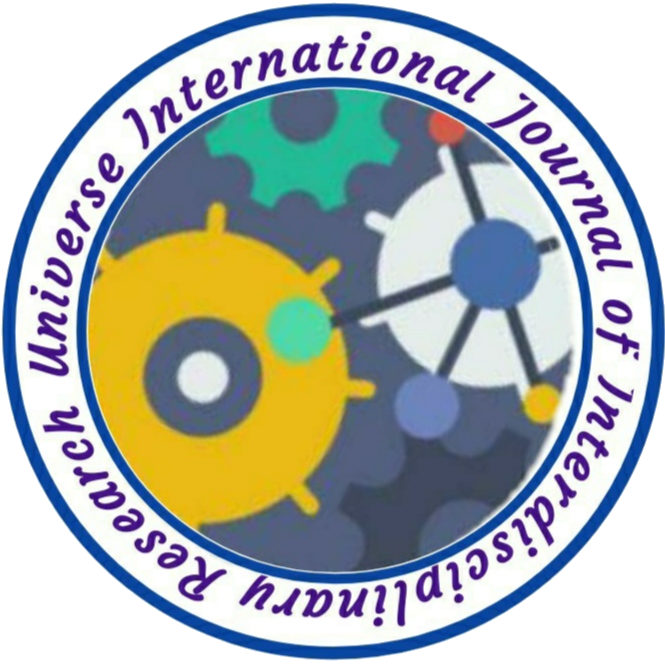ASSESSMENT OF THE IMPACTS OF SAND HARVESTING ON LAFIA URBAN AREA OF NASARAWA STATE, NIGERIA
Author Name: 1. Bashayi Obadiah, 2. Benson Polycarp
Volume/Issue: 04/12
Country: Nigeria
DOI NO.: 08.2020-25662434 DOI Link: https://doi-ds.org/doilink/06.2024-86713454/UIJIR
Affiliation:
Department of Urban and Regional Planning, Isa Mustapha Agwai I Polytechnic, Lafia, Nigeria.
ABSTRACT
Sand harvesting has been one of the serious problems around the globe in recent years. It impacted in one way or another on the environment, social and economic aspects of man in harvesting areas. This also often results in land degradation and devastation, loss of aesthetic beauty of the land, loss of agricultural lands, destruction of infrastructure, though with also positive impacts. The situation stated above is not an exception in Lafia urban area. The main purpose of the study was to assess the impacts of sand harvesting on Lafia urban area of Nasarawa state, Nigeria. The study used descriptive survey design as research approach and 100 samples questionnaires were administered using stratified and purposive sampling method. Data collected were analysed using both descriptive statistics and Chi-square analysis procedure and the results were tested in all cases at x=0.05 using the aid of SPSS package. The findings revealed that there were environmental and socio-economic impacts of sand harvesting on Lafia urban area. The results from the analyses indicated that the negative impacts of sand harvesting as land devastation, road destruction and loss of vegetation ranking 1st, 2nd and 3rd order and the positive impact as growth of building activities, source of livelihood and road construction ranking 1st, 2nd and 3rd order. The result finding also from the mean score of 3.26 and 4.31 for negative and positive were greater than the benchmark mean score of 2.50 which indicated that sand harvesting has very strong impacts on Lafia urban area. The Chi-Square (χ2) analysis revealed that the positive impact of sand harvesting is more than the negative impacts. The study recommend that there should be efficient surface mining that allow up to a maximum of 2-5m depth and harvesting of 2m depth only reduce more than 80% damage to communities. There is also, the need to regulate sand harvesting activities so as to avoid further damage to the environment. Appropriate reclamation measures need to be undertaken with involvement of the stakeholders and restoration plan for decommissioned mining sites, alternate mining sites to reduce challenges associated with continuous uncontrolled sand extraction. The study conclude that without considering the precise gift provided by nature, harvesting of sand indiscriminately from the land, rivers and beaches for man’s benefits will destroy the whole environment if measures were not put in place.
Key words: Sand harvesting, sand mining, environmental impact, socio-economic impact, land reclamation.

No comment